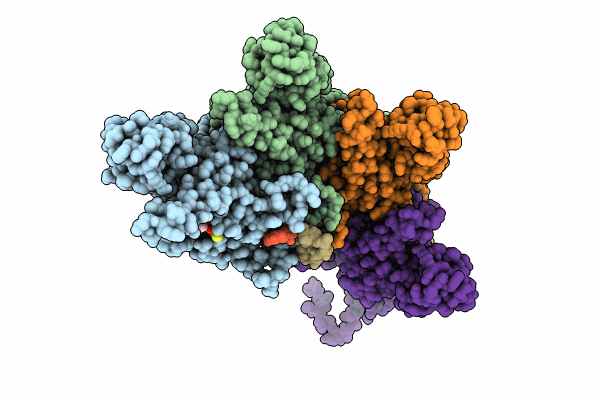
Deposition Date
2022-08-03
Release Date
2024-02-21
Last Version Date
2025-07-09
Entry Detail
PDB ID:
8AMF
Keywords:
Title:
Cryo-EM structure of the RecA postsynaptic filament from S. pneumoniae
Biological Source:
Source Organism:
Streptococcus pneumoniae (Taxon ID: 1313)
Lambdavirus lambda (Taxon ID: 10710)
Lambdavirus lambda (Taxon ID: 10710)
Host Organism:
Method Details:
Experimental Method:
Resolution:
3.80 Å
Aggregation State:
FILAMENT
Reconstruction Method:
HELICAL


